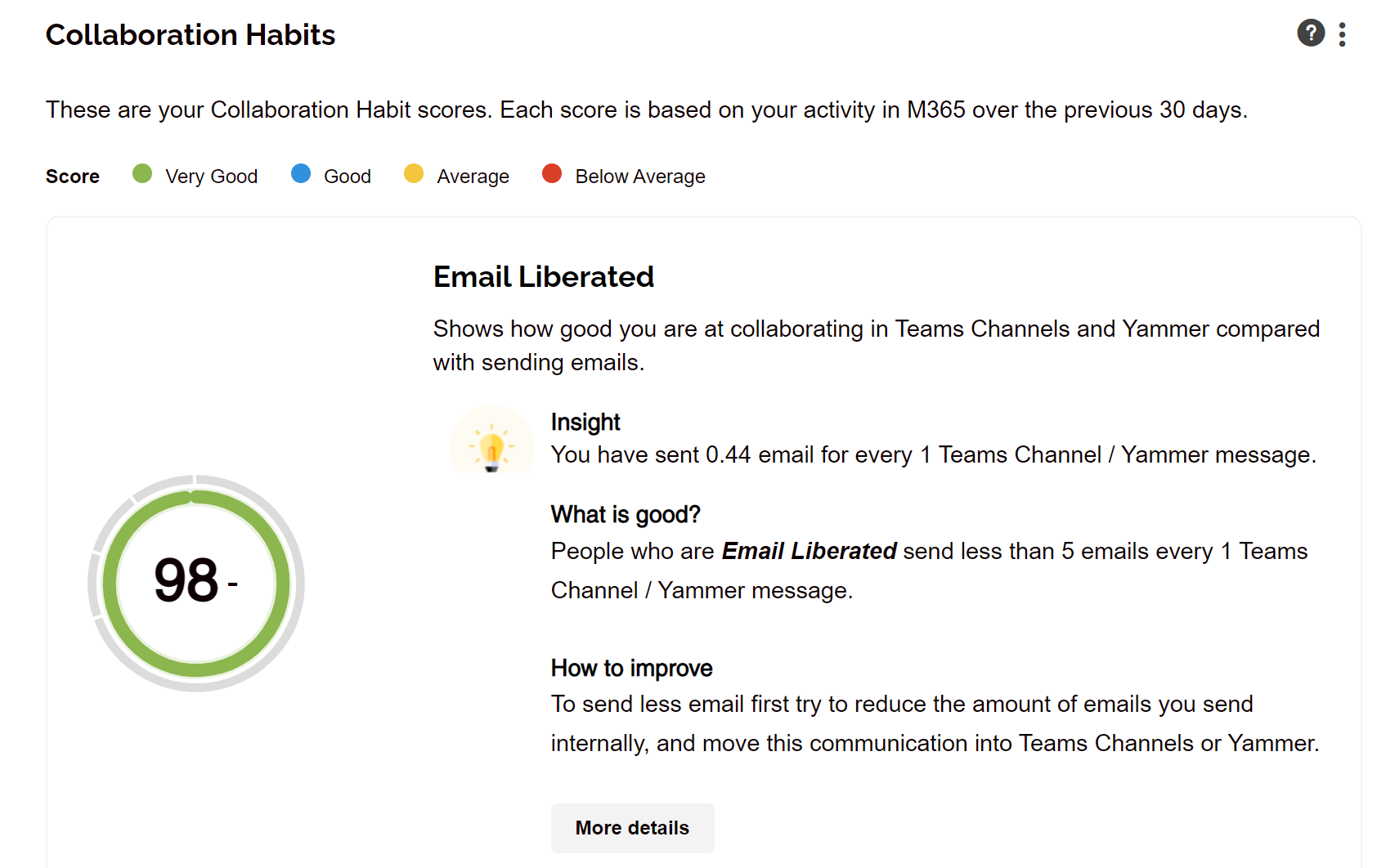Why all senior executives have to change the way they communicate and collaborate…and how to do it successfully
How and where work is done has changed forever for office workers. The COVID-19 pandemic forced office-based people to work remotely, and hybrid work is here to stay.
Previously “management by walking around”, “townhall gatherings” and team meetings were popular ways to for senior executives to engage and collaborate in-person, but these are now significantly less relevant as fewer employees are in the office. We are witnessing a shift in interactions from in-person first augmented by digital to digital first augmented by in-person. It requires senior executives to acquire new digital collaboration and communication skills.
“I want them back in the office,” you might be thinking. However, demanding an “in-person first” approach is like asking teenage kids to talk, not text, on the phone. It is not going to happen. Teenagers talk with their fingers. To be successful in this new environment, senior executives must become fully comfortable with digital collaboration tools. They too need to learn to “talk with their fingers”.
What good looks like
Good communication and collaboration is much more than doing a presentation in Microsoft Teams or on Zoom. What is needed is a complete digital transformation at the individual level, including the CEO. It is about creating collaborative spaces where most emails are replaced by threaded discussions, files are stored centrally and shared via links so they can be co-authored. Emails and attachments are reserved for external and formal communication; they are the exception to the rule as opposed to the rule itself. Interacting with employees at scale requires an enterprise social network that enables senior executives to establish two-way dialogue with employees wherever, and whenever, they work.
Benefits of digital collaboration
Those who make the transition to digital collaboration will reap the rewards. Digital collaboration and communication can scale in ways in-person interactions never will. Senior executives will be able to meet anyone, anywhere, anytime. Digital communication is also more efficient. It is logistically much easier to organise, and far cheaper to execute. Senior executives will be able to reach their workforce faster and more frequently whether to celebrate successes, guide, share updates or check the level of engagement in the organisation. That means better and faster alignment with organisational goals and stronger buy-in. People like it too: what the pandemic has taught us is that people prefer more frequent exposure to leaders over infrequent in-person interaction.
The return on investment
While the uptake of digital collaboration technologies sky-rocketed since the pandemic, the actual usage is very poor. SWOOP Analytics’ 2022 global benchmarking of Microsoft’s collaboration suite analysed the usage patterns for more than 100,000 people across 18 organisations spanning different countries and industries. It found 50% of people account for just 6% of activity. In other words, the general situation for most people is best described as “all the gear and no idea”. The potential for improvement is therefore enormous.
SWOOP Analytics has calculated the ROI of the time-savings associated with replacing just 20% of emails with posting in contemporary collaboration tools such as Microsoft Teams or Yammer. Emails take an average of 5 minutes to write and 3 minutes to read, but due to the more informal tone and shorter messages posted on contemporary collaboration platforms, Microsoft estimates it takes half the time to write and read these.
SWOOP’s benchmarking showed an average employee spends 112 minutes per day reading and writing emails. We apply a very conservative assumption that 20% of emails can be substituted by using contemporary collaboration tools. We can therefore cut in half 20% of the 112 minutes, delivering a 11.52-minute saving in time.
This reduction equates to $30,000,000, or 240 fulltime employees per year for an organisation with 10,000 employees, using an annual average hourly wage of $75 and 220 working days.
How to make a start
To make the transition from analogue to digital, senior executives must lead the way and be role-models. Here are three practical ways senior executives can start collaborating and communicating digitally:
1. Insist on the use of shared collaborative spaces for team collaboration. Start with your own leadership team.
Ask the IT department to show you how to create a team on Microsoft Teams and invite your direct reports.
Create Teams channels for recurring business activities such as quarterly reviews and similar planning activities. A channel is a dedicated space where you can have threaded discussions and share files. Channels are best when focussed on subject matters.
Tell your direct report that you will not answer any emails that relate to these activities. Instead ask them to @mention you (if needed get IT to explain what this means) in the relevant channel, and you will be notified about the message.
2. Run better meetings online.
Pick a recurring weekly meeting where the purpose is mostly to provide status updates.
Ask meeting participants to post their update 24 hours prior to the meeting on the Microsoft Teams site. Posting it on the team site means all team members can read the update and respond with everyone in copy prior to the meeting. Attachments are uploaded there too.
Run the meeting as usual and click the “record” button. Instead of asking people to provide the update verbally during the meeting, focus on the few items that are relevant for the team to discuss together. These are typically items that require cross-team coordination.
Recording of meeting is available to everyone after the meeting has finished so team members who could not make it can watch if needed.
3. Use live virtual events and discussion forums to engage with staff at scale.
Get Corporate Communications to run the next townhall gathering as a live virtual event in Yammer.
Use Yammer to initiate two-way conversation with staff, during and after the townhall. Ask people what they most want to hear about before the meeting. Ask them afterwards which part they felt was most valuable.
Outside of townhalls, aim to provide regular updates and ask questions to elicit feedback from staff, for instance; “What are our competitors doing better than us?”. Get Corporate Communications to help you monitor conversations.
These are simple, practical, yet highly impactful ways senior executives can digitally transform collaboration and communication and actively role-model modern ways of working.
Tracking progress
As James Clear writes in his best-seller book “Atomic Habits”, new habits stick faster when you track them. SWOOP Analytics operates as your personal and organisational Fitbit and tracks how far you have come changing your own and your company’s collaboration habits.
The single most important collaboration habit to track initially is what we call Email Liberated. This tracks how many emails you send compared with how often you post in Teams channels and/or Yammer.
Email Liberated data from SWOOP Analytics for M365.
If you follow the practical steps above, you will get 30 minutes more out of your day. Use SWOOP Analytics to keep yourself and your team accountable.
Once you do it, others will follow. Start today.






